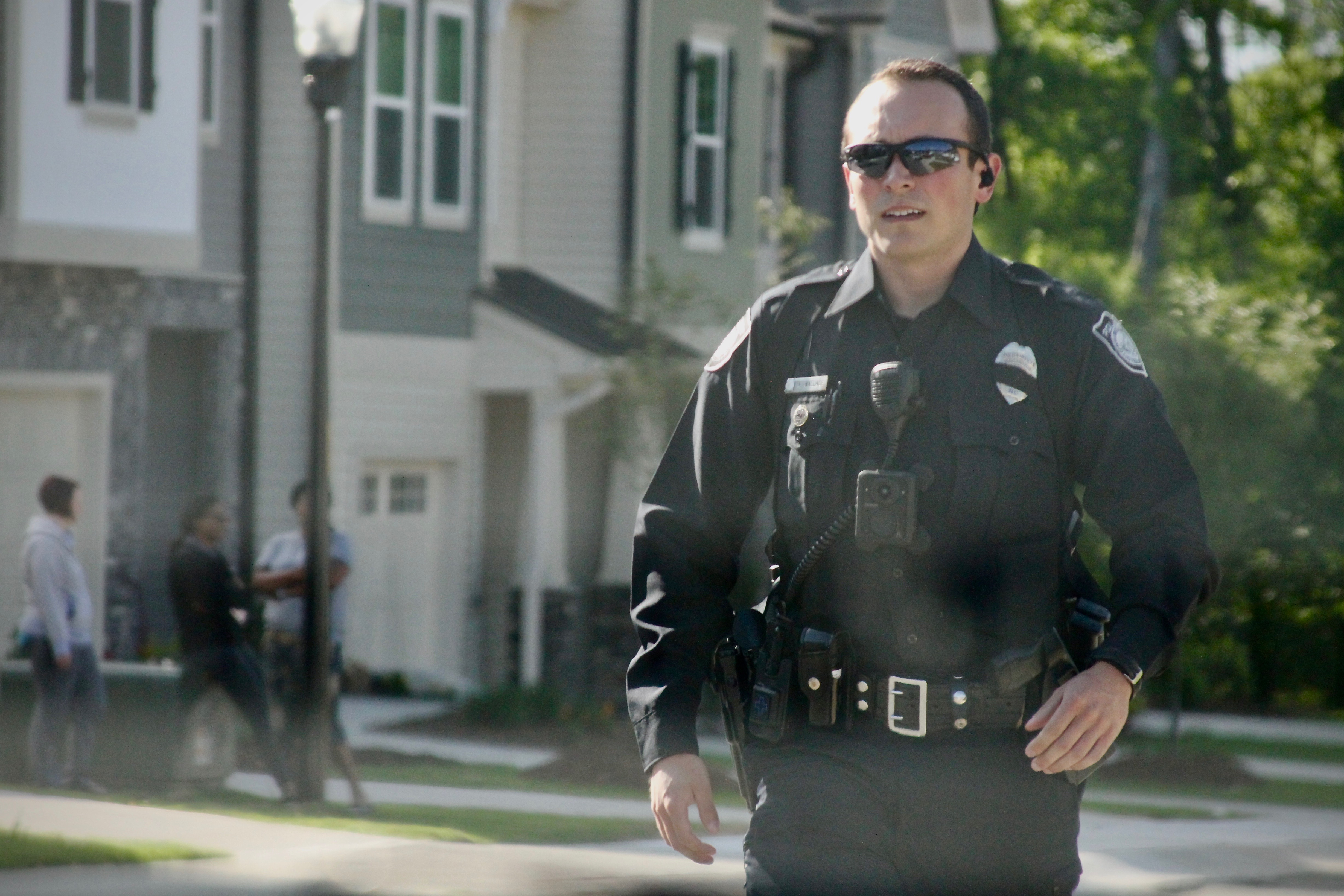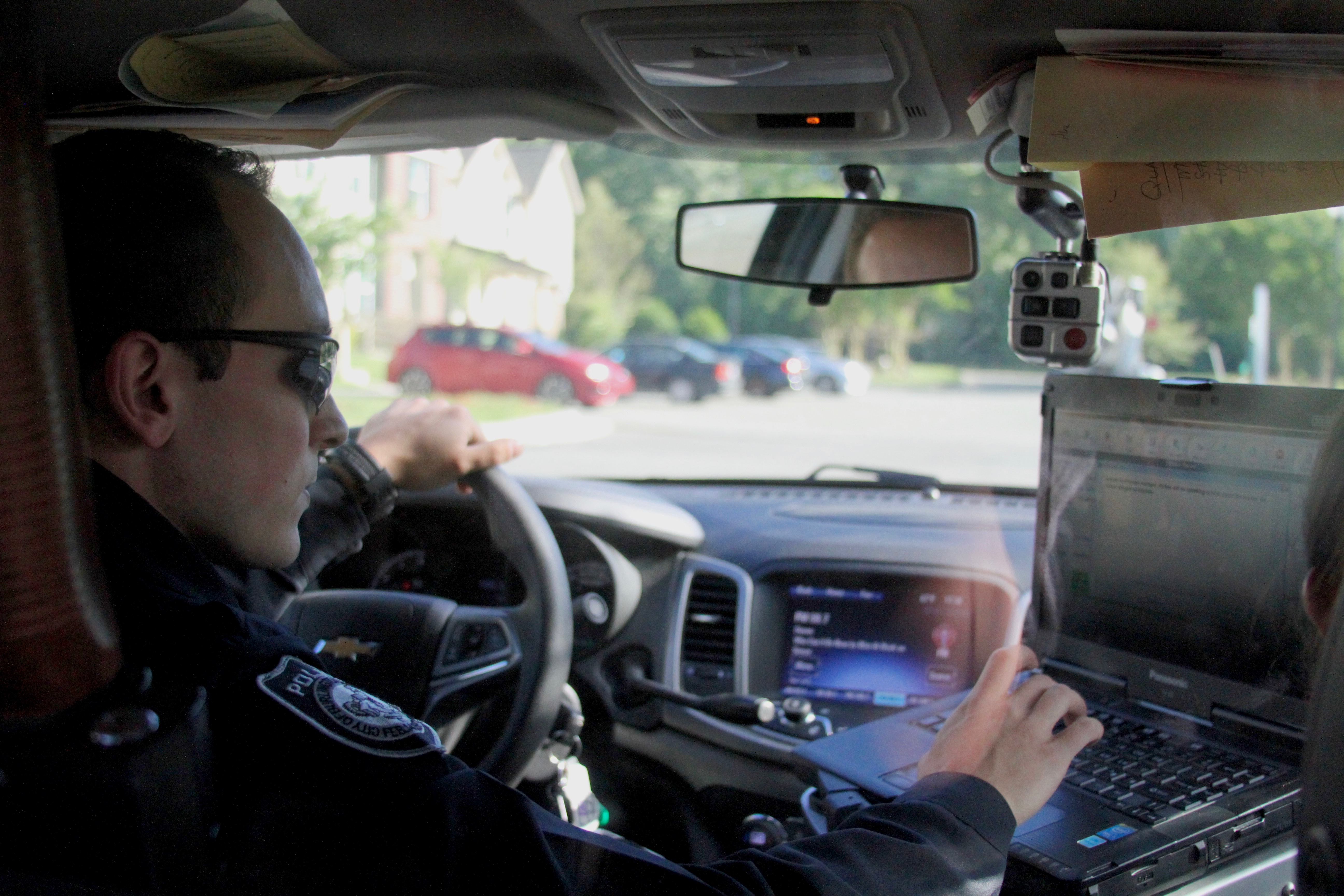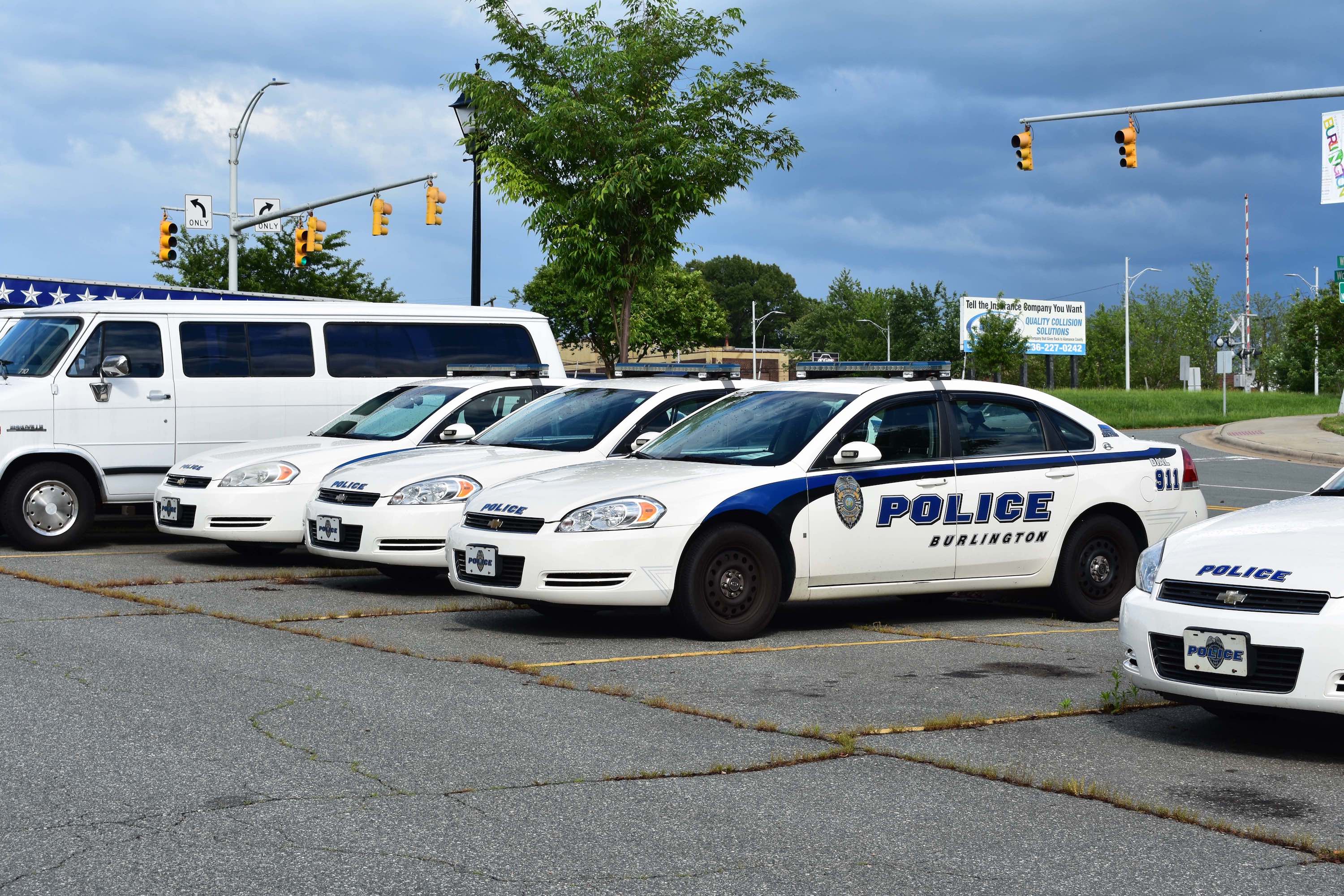When Burlington Police Officer Alex Wallace responds to a call, he knows he isn’t always responding to a crime. When he steps out of his cruiser, the most useful tool for the job might not be the handcuffs or stun gun on his belt, but rather something far less tangible.
Wallace has undergone crisis intervention training (CIT), a program seeking to equip police officers with conversational tactics that help them navigate situations involving people with mental illnesses, drug addiction or a history of trauma.
“It’s really just being a person,” Wallace says. “Just talk to people. I think that’s the main thing CIT is about, being able to get through to people and knowing that we are treating them like a normal person and not a criminal.”
The Burlington Police department is one of thousands across the nation that have trained some or all of their staff with crisis intervention skills. It’s part of an approach to policing that allows for more nuance in response and enforcement.
 Burlington Police Officer Alex Wallace returns to his cruiser after responding to a call on Tuesday, May 14. Photo by Alex Hager.
Burlington Police Officer Alex Wallace returns to his cruiser after responding to a call on Tuesday, May 14. Photo by Alex Hager.A recent surge in awareness of mental illness and how to treat it has found its way to law enforcement, where police departments are beginning to untangle stopping crime and responsibly interacting with people with mental illness. According to the North Carolina Department of Public Safety, 17 percent of the North Carolina inmate population has a mental health diagnosis.
“They treat the scene different -- they treat the person different -- certainly than we did 20 years ago,” Donnie Varnell, a consultant at the North Carolina Harm Reduction Coalition (NCHRC), says of officers who take part in crisis intervention training. “Overall, a higher percentage of officers are treating the person as a patient, not as a subject or a suspect.”
Varnell’s specialty is in harm reduction, a movement working toward encouraging treatment and support for people with substance abuse issues rather than incarceration.
Representatives from the NCHRC attend crisis intervention trainings around the state to educate officers about how harm reduction can play a role in their policing. Varnell says that while CIT and Harm Reduction are not exactly the same thing, they exist symbiotically.
“You are reducing harm by meeting someone where they’re at,” Varnell said. “This guy is in crisis here, I don't need to treat him like he's a trespasser, he doesn't understand where he’s at.”
In a 2014 study on the effects of police-based CIT training, researchers concluded that the training successfully increased the likelihood of referral to mental health services and decreased the likelihood of arrest. CIT training resulted in “sizable and persisting improvements” in knowledge, attitudes and skills.
 Officer Alex Wallace of the Burlington Police Department wears a pin with his uniform to indicate that he has undergone crisis intervention training. Photo by Alex Hager.
Officer Alex Wallace of the Burlington Police Department wears a pin with his uniform to indicate that he has undergone crisis intervention training. Photo by Alex Hager.Varnell and other advocates are trying to sell the idea of “helping people where they are” to departments across the state. And while many of them are now coming around to the idea of harm reduction, getting departments to adopt harm reduction practices has not been an easy task.
“There’s still push back. There are still officers who think it is a waste of time,” Varnell said. “But you’re talking about a million of police officers in America, of course there are people who don't believe in what we’re doing.”
Crisis intervention training occurs over a 40-hour course, and has resulted in over 2,700 communities nationwide having crisis intervention teams, according to the National Alliance on Mental Illness (NAMI).
Harm Reduction
Officers’ behavior has shifted in part due to changing laws over how much an officer can intervene and when. Before the passage of the Good Samaritan law, officers weren’t taught to look at overdose and addiction as an opportunity for crisis intervention rather than a crime punishable by incarceration.
In 2013, Tanya Smith lost her daughter to heroin. At the time, she was a police lieutenant. Her daughter’s life, she would later discover, could have been saved had the others she was getting high with called the police rather than dumping her daughter’s body on the side of the road for fear of criminalization.
“We were not ever taught to look at it as a disease,” said Smith, now the director of victim services at Kennesaw State University. “To get these people help, to think of long-term rehabilitation. We were just arrest arrest, arrest, arrest. So that was a huge hurdle when it came to designing a law that forced officers to ignore those years of training and say, 'You’re not going to jail, and instead I’m going to call an ambulance. I’m going to reach out to this community resource and let them know about you.’”
Reversing that cycle does not happen overnight.
Smith refutes the idea that harm reduction advocates are muddying the waters between what officers do and what paramedics do. She says it’s just like pulling up to any accident -- for example, a car crash. “Harm reduction is administering first aid when they arrive to an accident,” Smith said. “It’s retraining your brain as drugs as not automatically a horrible life choice that should end in incarceration and a criminal history.”
She’s had officers who’ve thanked her after being convinced of the benefits of carrying drugs like naloxone, which can reverse effects of an overdose.
“I’d had officers want to tell me about what it felt like to see what they considered a person who was dead, come back to life,” Smith said. “Are we going to enforce the letter of the law or are we going to spirit of it?”
Crisis Negotiation
Jeffrey Kology, lieutenant of operations of the Patrol division for the Burlington Police Department, who oversees the team of crisis negotiators, says when arriving to a scene, it is important to gather information beforehand about the individual. Sometimes, the negotiators are not the first one to the scene, and other officers may have built a rapport with the individual.
“If they are struggling or if that person says ‘I don't want to talk to that person anymore,’ then we can jump in there to do our job,” Kology said. “To do what we are supposed to do.”
A crisis negotiator is someone who has training to defuse potentially dangerous situations. Sometimes, moments of crisis negotiation involve mental health or harm reduction measures involving substance addiction. There are 10 officers who make up the crisis negotiation team for Burlington.
North Carolina passed the Good Samaritan Law -- the law that could have saved Smith's daughter -- to discourage people from fearing criminal repercussions when deciding whether or not to involve law enforcement in potentially dangerous situations. It is currently active in North Carolina, and prevents someone from receiving criminal charges for calling for help in the instance of a drug overdose or other incidents involving substances otherwise criminalized. In some cases, however, the person in crisis may be subject for arrest -- one of the points of crisis negotiators is to prioritize the mental health of the person over their criminal activity.
Alex Shockley works on Kology’s team as a crisis negotiator and also serves as a detective.
“We’re out here using all these resources to make sure you are okay because thats all we really care about,” Shockley said. “That’s one of the things I love about negotiations because we are here to listen, we are here to help, we care about you and we just want to make sure that everybody comes out okay.”
Though just a few years ago, the role of a crisis negotiator was considered more of an afterthought. More often than not, individuals struggling with mental illness who were involved in a crime were either arrested or involuntarily committed after law enforcement was called to a scene, Varnell said.
Kology and Shockley were called to a scene recently where a man had barricaded himself and was threatening to kill himself.
“They were wanted for various things and they were having some issues in their personal life and they just felt like they had nothing else to live for,” Shockley said. “I went out with Lieutenant Kology and we went out and talked to this individual in crisis and establish trust, establish that rapport with them so that they understand that we really care about you.”
Shockley says there is sometimes misconception when people think about what police officers role is in responding to mental health crises and what possible outcomes may be. Kology says that the outcome they hope for are peaceful resolutions and more often than not, a call results in the person surrendering and being brought to a hospital for a mental health evaluation. Only rarely, do the officers have to “force their hand.”
“That’s a stigma quite a bit,” Shockley said. “That we just want to hurt people in mental crisis, that we don't care about them, were impatient, and it’s really quite the opposite.”

 The Burlington Police Department employs 10 negotiators. Photo by Deirdre Kronschnabel.
The Burlington Police Department employs 10 negotiators. Photo by Deirdre Kronschnabel.